Yes, you can! There is no need to sand the piece of furniture, you just need to make sure it has been cleaned. We always suggest a wipe down thoroughly with Lacquer thinners. Refer to the cleaning guide.
We do not recommend painting on a recently varnished surface or a surface that has recently been oil treated (like raw linseed oil treated surfaces). Surfaces like the above needs a 6-month curing time before paint work can be attempted.
Waxed surfaces and plastic surfaces need to be sanded first with 100 grid sandpaper and then thoroughly cleaned with Lacquer Thinners.
Surfaces like previously varnished surfaces (varnish older than 6 months), laminated surfaces, melamine surfaces, wall tiles, leather and faux leather need to be wiped clean properly using Lacquer Thinners. Use a mask and gloves and clean these surfaces well. Wait 20 minutes and then start painting. If it is a very oily surface cleaning will need to be repeated until all oily residues are removed.
Once you have finished painting you can decide if you would like a matt or sheen finish. We recommend using the Clear Glaze in areas such as bathrooms, kitchens and outdoors. Tabletops and pedestal tops need to be glazed with the Clear Glaze.
The paint naturally gives a matt finish, but by applying our Clear Glaze as per the instructions (refer to Clear Glaze application) this will give you a subtle satin finish. Should you want a higher gloss finish, more coats of Glaze can be applied, wait 30 minutes in between coats.
Sometimes you might find yourself painting a piece of furniture that has been polished and cleaned for years, this may lead to oil seeping through when it is painted, even after the cleaning process.
In this instance the following is recommend:
- After your second coat of paint, wait at least 4 hours.
- Put on gloves. (The Glaze is nontoxic it is a water based pure acrylic sealant and a latex film will be left on your hand if not wearing gloves. Your hands can be washed with warm soapy waters should you prefer not to wear gloves. Just a useful tip!
- Dip a damp, clean, colourless cloth in the Clear Glaze (do not dilute the Glaze). It works well if you pour the Glaze into an ice cream tub and work from there. Squeeze out excess moisture and evenly wipe the surface with a good, even coat of Clear Glaze.
- Leave for 12 hours and then repaint onto the Glaze.
The Glaze acts as a barrier between the bleeding and the paint coat.



